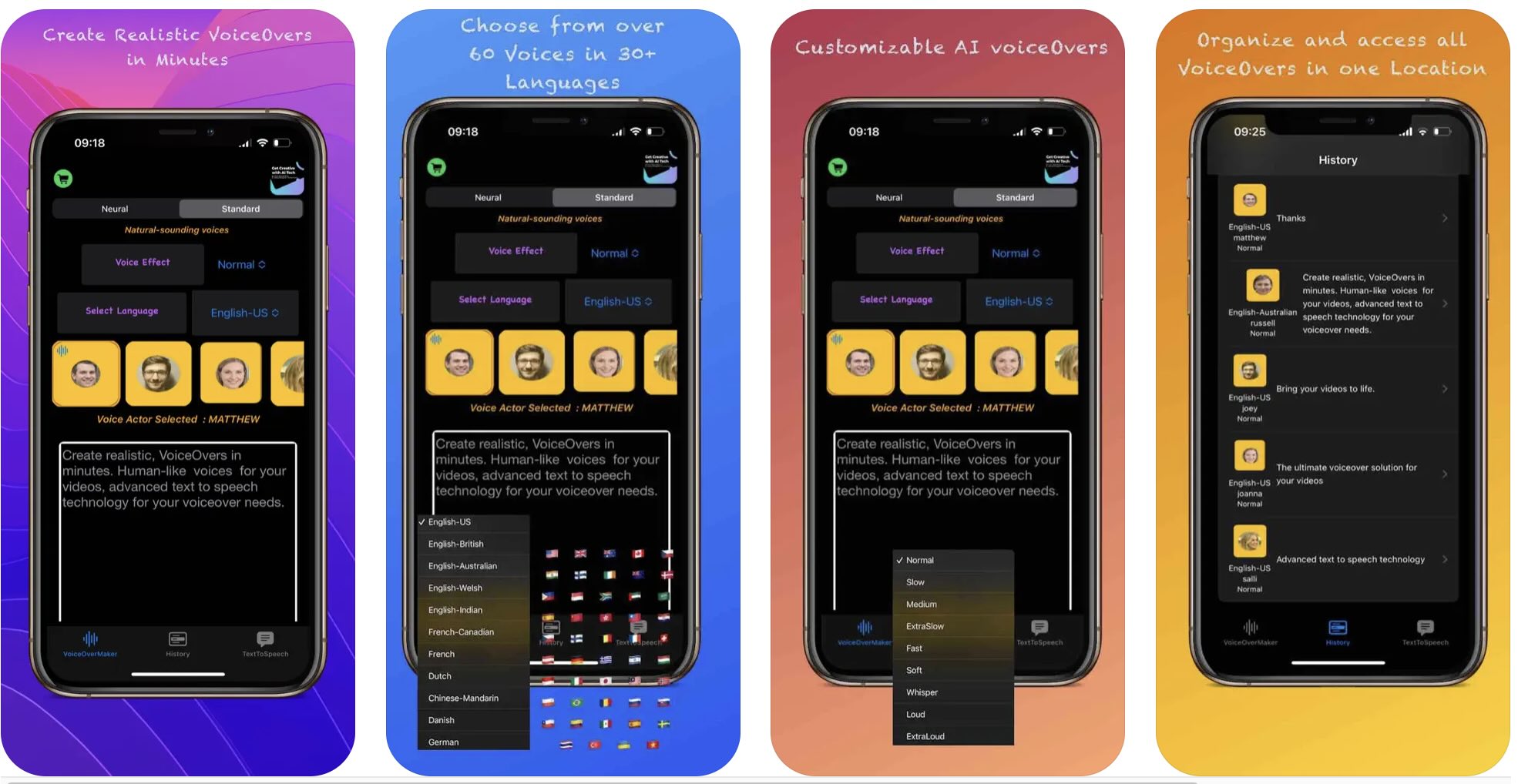Introduction
Frontend is consolidating around fewer—but more opinionated—primitives: server-first rendering, smaller client bundles, streaming UI, and built-in performance budgets. This guide highlights the trends shaping production apps in 2025, with small code sketches you can adapt today.
React & Server Components
- RSC by default: render on the server, ship near-zero JS for data-only components.
- Client boundaries: mark interactivity explicitly (
"use client"), reducing accidental hydration. - Streaming: progressively send HTML chunks for faster TTFB→TTI.
// app/users/page.tsx (Server Component)
import { getUsers } from "@/lib/db";
export default async function UsersPage() {
const users = await getUsers();
return (
<ul>{users.map(u => <li key={u.id}>{u.name}</li>)}</ul>
);
}
// app/components/Chart.tsx (Client Component)
"use client";
import { useEffect } from "react";
export default function Chart({ data }) {
useEffect(() => { /* hydrate charting lib */ }, []);
return <canvas role="img" aria-label="Sales chart"></canvas>;
}
Next.js App Router & Edge
- Layouts/route groups: compose UI streaming at the route level.
- Edge runtime: fast data fetching and personalization near users.
- Dynamic
fetchcache: granular revalidation (revalidateTag,no-store).
export const revalidate = 60; // ISR
export default async function Page() {
const res = await fetch("https://api.example.com/posts", { next: { revalidate: 60 }});
const posts = await res.json();
return <List posts={posts} />;
}
// In a mutation route:
import { revalidateTag } from "next/cache";
export async function POST() {
// ... update ...
revalidateTag("posts");
return Response.json({ ok: true });
}
Astro & Islands/Partial Hydration
Astro ships mostly HTML and hydrates interactive “islands” on demand—ideal for content sites with pockets of interactivity (search, comments, charts).
<!-- src/pages/index.astro -->
<Layout title="Docs">
<Search client:idle /> <!-- hydrate when idle -->
<Comments client:visible /> <!-- hydrate on visibility -->
</Layout>
Svelte 5 runes & SvelteKit
- Runes: simpler reactivity primitives (
$state,$derived) for predictable updates. - SvelteKit: loaders/actions co-locate data + UI with first-class SSR.
<script>
let count = $state(0);
const doubled = $derived(count * 2);
</script>
<button on:click={() => count++}>{count} → {doubled}</button>
Resumability & Qwik
Resumability skips hydration by serializing app state into HTML and “resuming” on interaction—dramatically reducing JS cost on load. Great for large, content-heavy sites needing snappy interactivity.
Modern CSS: Container Queries, Nesting & Tokens
- Container queries: style by component context, not viewport.
- Nesting: cleaner authoring without preprocessors.
- Design tokens: ship brand/system decisions as CSS variables.
:root {
--brand: #2563eb;
--radius: 14px;
}
.card { container-type: inline-size; border-radius: var(--radius); }
@container (min-width: 420px) {
.card { display: grid; grid-template-columns: 1fr 2fr; gap: 1rem; }
}
/* Native CSS nesting */
.card {
& .title { color: var(--brand); }
}
Build Tools: Vite, Rspack, Turbopack
- Vite: ES modules + lightning dev server.
- Rspack/Turbopack: Rust-powered compilers for huge repos and faster HMR.
- BIOME: drop-in formatter + linter (Rust) that replaces multiple JS tools.
npm create vite@latest myapp -- --template react-ts
cd myapp && npm i && npm run dev
Performance & Core Web Vitals
- INP as a CWV: Interaction to Next Paint rewards input responsiveness.
- CLS guardrails: reserve media space, avoid layout shifts on ads/fonts.
- Code-splitting + priority hints: ship only what’s needed; prefetch smartly.
<link rel="preload" as="image" href="/hero.webp" imagesrcset="/hero.webp 1x, /hero@2x.webp 2x">
<script type="module" src="/entry.js" fetchpriority="high"></script>
AI in the Frontend
- On-device + cloud mix: lightweight client models for UX; server for heavy reasoning.
- Generative UI: schema-driven components where AI chooses layout/state transitions.
- Accessibility: captions, alt-text, and summaries generated at render time.
"use client";
import { useState } from "react";
export default function SmartReply({ threadId }) {
const [txt, setTxt] = useState("");
async function suggest() {
const r = await fetch("/api/ai/suggest", { method:"POST", body: JSON.stringify({ threadId })});
const { suggestion } = await r.json();
setTxt(suggestion);
}
return (
<div>
<button onClick={suggest}>Suggest reply</button>
<textarea value={txt} onChange={e => setTxt(e.target.value)} />
</div>
);
}
Web APIs: WebGPU, WebCodecs & more
- WebGPU: client-side ML inference and high-end rendering.
- WebCodecs/WebAssembly: low-latency media/editing and portable compute.
- View Transitions API: native page→page animations without SPA hacks.
DX: TypeScript, Linting & Tests
- TypeScript: strict mode + generics for API contracts.
- Biome: one tool for format + lint; faster CI.
- Vitest/Playwright: parity with Jest + robust e2e/harness for RSC/SSR.
npm i -D vitest @testing-library/react jsdom
# vitest.config.ts → test.environment = "jsdom"
Migration tips & patterns
- Strangle pattern: migrate route-by-route to App Router or Astro; keep legacy running.
- Audit interactivity: convert passive components to server-rendered.
- Bundle diet: measure by route; remove unused libs, prefer native APIs.
- Edge split: push personalization/caching to the edge where sensible.
// 1) Default everything to server.
// 2) Add "use client" only where needed (event handlers, stateful UI, effects).
// 3) Pass plain props from server → client; avoid leaking large data.
FAQ
Do I need to rewrite to use RSC? No. Start with new routes/components; keep legacy CSR where it adds value.
Is Astro only for content sites? Mostly, but you can embed islands for dashboards or marketing apps with targeted interactivity.
Will AI replace UI code? Not soon. It’s great for scaffolding, docs, and simple components—humans still own UX quality.
You might also like








